Suje Beotgalbi (수제벗갈비)
7.9Km 2021-03-18
79, Daehak-ro, 8ga-gil, Jongno-gu, Seoul,
+82-2-743-9599
A Korean BBQ restaurant. The best menu at this restaurant is grilled spareribs. This is a Korean cuisine located in Daehak-ro, Seoul.
Dongdaemun Shopping Complex - Accessory Shops (동대문종합시장 악세사리상가)
7.9Km 2020-06-19
266, Jong-ro, Jongno-gu, Seoul
+82-2-2262-0114
As one of the largest markets in Asia, Dongdaemun Shopping Complex boasts huge accessory shops. Most of the handmade accessories in Korea are distributed here. Colorful accessories with unique designs are available at inexpensive prices.
Samhyeongje Jjukkumi - Daehangno Branch (삼형제쭈꾸미 대학로)
7.9Km 2021-03-24
68, Dongsung-gil, Jongno-gu, Seoul
+82-2-763-1204
This is a restaurant serving jjukumi (webfoot octopus), which has been featured in the gourmet program. This restaurant's signature menu is grilled pork belly. This Korean dishes restaurant is located in Jongno-gu, Seoul.
1m Classic Art Hall (1m 아트홀)
7.9Km 2019-03-18
31, Daehak-ro 12-gil, Jongno-gu, Seoul
+82-2-766-7623
1m Classic Art Hall, located in Daehang-ro is a classic art experience center exclusively for children. The center provides children with the opportunity to enjoy classical music in a fun and interesting way. In the ‘1m Experience Classic’ program (the oldest children’s classical program in the nation), teachers not only provide interesting mini-music learns, but also assist children in trying out a variety of instruments.
At the performance halls at the 1m Classic Art Hall, the stage is just 1m away from the surrounding seats, giving young audience members a more intimate musical experience.
Aritaum - Guro Digital Complex Station Branch [Tax Refund Shop] (아리따움 구로디지털단지역)
8.0Km 2024-04-18
1F, 563, Siheung-daero, Guro-gu, Seoul
-
Sooyeon Sanbang (수연산방)
8.0Km 2024-10-14
8 Seongbuk-ro 26-gil, Seongbuk-gu, Seoul
Sooyeon Sanbang is a traditional tea house located in Seongbuk-dong. It was originally built during the Japanese colonial period and was the hanok of the literary figure Lee Taejun. Today, it is operated as a tea house by the writer's granddaughter. The name Sooyeon Sanbang means "a house where literati gather in the mountains." Visitors can enjoy traditional teas such as daechucha (jujube tea) and ssanghwacha (medicinal herb tea), along with snacks like injeolmi (bean-powder-coated rice cake).

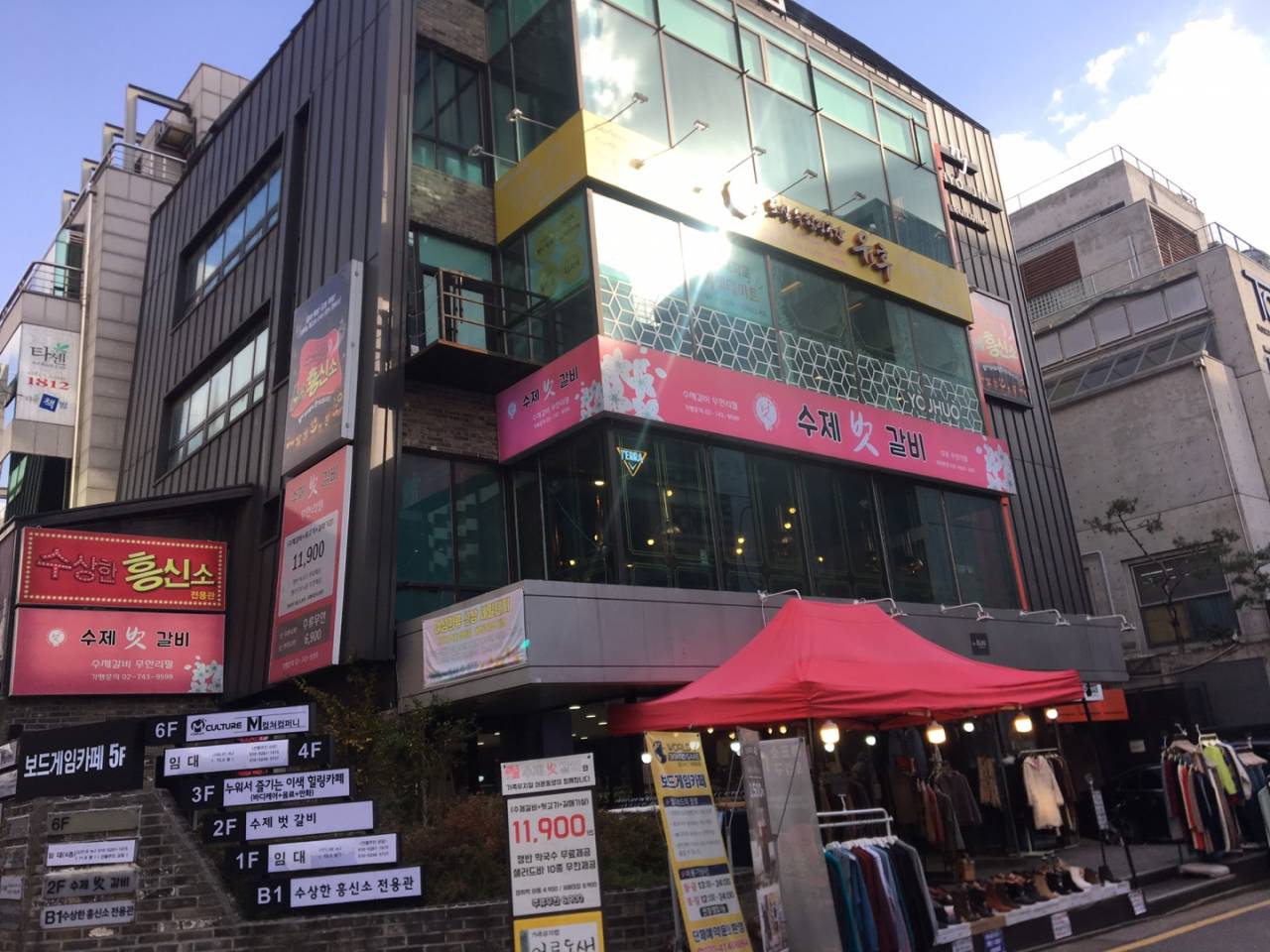
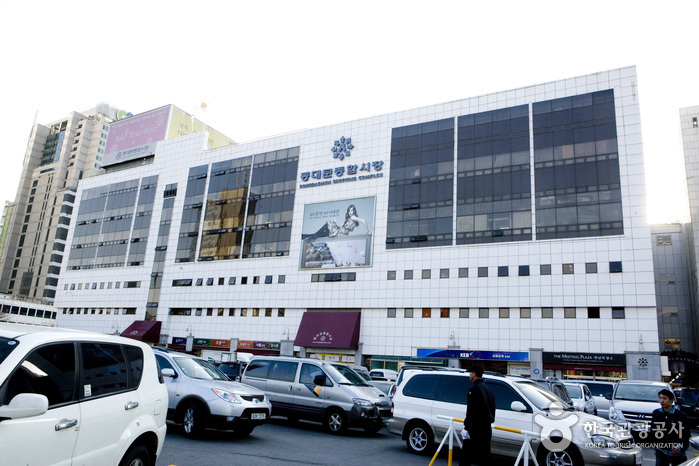
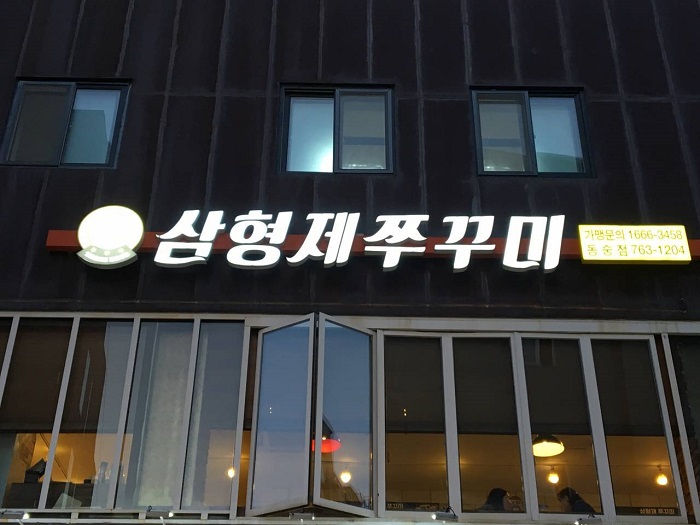
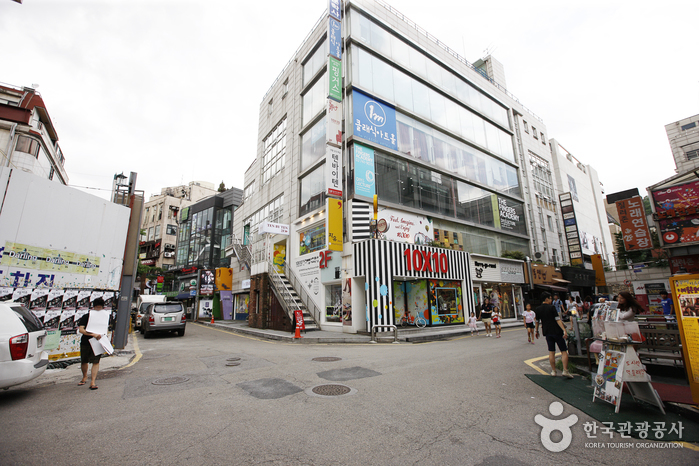
![Aritaum - Guro Digital Complex Station Branch [Tax Refund Shop] (아리따움 구로디지털단지역)](http://tong.visitkorea.or.kr/cms/resource/42/2880242_image2_1.jpg)
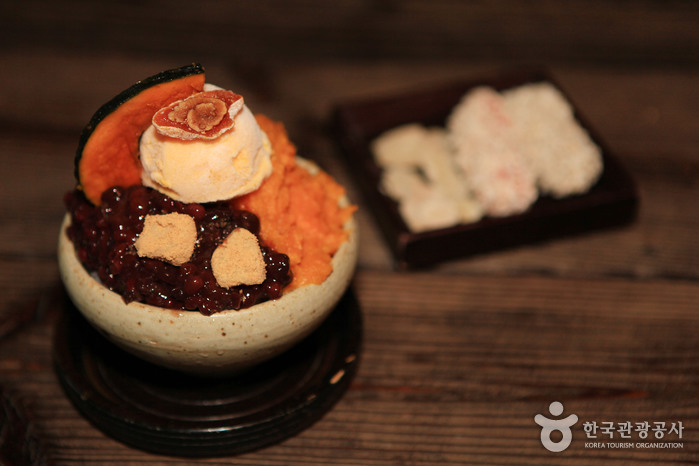
 English
English
 한국어
한국어 日本語
日本語 中文(简体)
中文(简体) Deutsch
Deutsch Français
Français Español
Español Русский
Русский